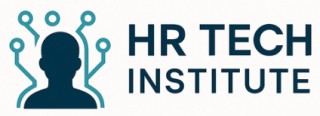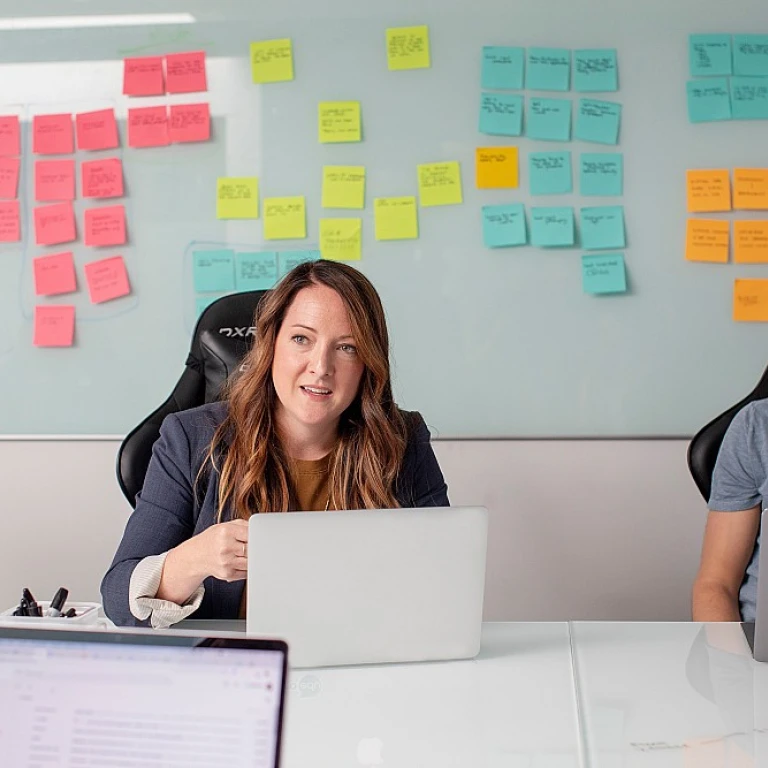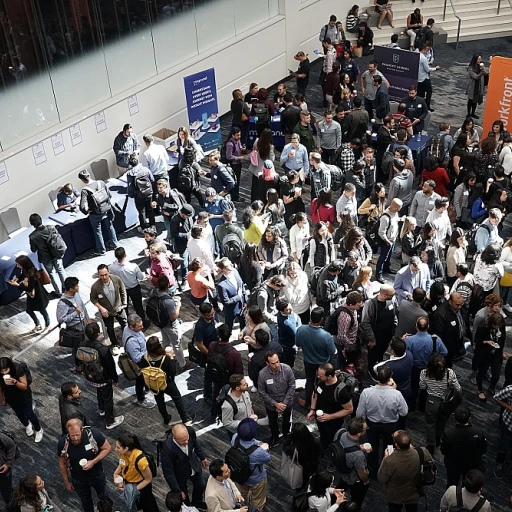
Understanding Performance Improvement Plans
Grasping the Essentials of Performance Improvement Plans
Performance Improvement Plans (PIPs) are fundamental tools in performance management. They provide a structured process that helps employees improve performance and address specific performance issues. By setting clear, achievable goals and outlining a tailored action plan, PIPs support both the employer and the employee. A well-structured plan should include essential elements such as:- Clear objectives: The improvement plan will specify precise areas for improvement. This ensures that employees have a clear understanding of what is expected.
- Regular feedback: Timely feedback is a critical component of the pip process. It helps employees understand how they are progressing and what changes they need to make.
- Support mechanisms: It is vital to provide support to employees throughout the process. This could include training or regular check-ins.
- Defined timeframes: Specific timeframes ensure that employees are aware of the period during which improvement is expected.
The Role of Technology in Performance Improvement
The Integration of Digital Solutions in PIPs
In today’s fast-paced work environment, the role of technology in enhancing performance improvement has become indispensable. When implementing performance improvement plans (PIPs), leveraging digital solutions can provide a structured and efficient approach to tackling employee performance issues.
Technological tools can assist in creating a clear action plan for employee improvement. These systems often incorporate specific and tailored feedback mechanisms that support employees in understanding areas of improvement. They offer a framework for setting and tracking goals in real-time, which helps in maintaining focus on performance management.
Moreover, technology facilitates the pip process by enabling regular check-ins and providing continuous feedback. This ensures that employees receive the support needed and that their progress is monitored effectively over time. Automated reminders and progress tracking features help keep both managers and employees on track, ensuring that improvement plans are followed consistently.
Another advantage of using tech-driven solutions is the ability to maintain an organized record of employee progress. This can be crucial in providing data-backed insights into how performance improvement plans have impacted overall productivity. With these insights, organizations can refine their approach and better support employee performance in the long term.
By integrating technology, businesses are better equipped to help employees reach their potential, improve performance, and meet the specific goals set out in their performance plans. As tools continue to evolve, organizations can expect more innovative solutions to address areas of improvement more efficiently.
Designing Effective Training Programs
Crafting Training Programs for Improvement Plans
Designing effective training programs for performance improvement plans (PIPs) is essential to addressing and resolving employee performance issues. These programs must be tailored to support the unique needs and goals of employees, ensuring a clear path to progress. Developing a training program begins with identifying specific areas of improvement. Understanding the root causes of performance issues helps in tailoring a relevant action plan. Clarity in the goals that need to be achieved will provide employees with a focused pathway. Involving the employees in this process fosters a sense of ownership and engagement. To help employee improvement, a comprehensive training plan should include:- Personalized Learning Paths: Design training that aligns with the employee's role and specific areas requiring improvement. This approach increases engagement and practical application of skills learned.
- Regular Check-ins and Feedback: Incorporate frequent feedback sessions and check-ins to track employee progress. These touchpoints allow both the employee and manager to assess the effectiveness of the training and make necessary adjustments to improve performance.
- Supportive Resources: Providing support resources such as mentors, training materials, or access to further learning opportunities encourages personal development. This support helps employees feel valued and understood during their PIP process.
- Technology Integration: Leveraging technology to facilitate training delivery can enhance the efficiency and accessibility of the program. From e-learning platforms to performance tracking tools, technology can streamline the pip performance management process.
Challenges in Implementing Performance Improvement Plans
Overcoming Obstacles in the Pip Process
Implementing a performance improvement plan (PIP) is widely seen as a critical step in enhancing employee performance and addressing specific performance issues. However, several challenges often arise in the process that can impede its success.
First, there's the challenge of setting clear and achievable goals for the employee. To truly help employees improve, goals need to be realistic yet sufficiently challenging to promote growth. This requires a thoughtful alignment of the PIP with the employee's current performance levels and areas of improvement.
Furthermore, providing consistent feedback and support is essential. This might include regular check-ins to review employee progress and to adjust the performance plan as needed. The challenge lies in ensuring that these check-ins are frequent and constructive enough to guide the employee throughout the improvement process.
Another potential pitfall is failing to engage the employee in the pip process. Employees might feel overwhelmed or unsupported if they are not actively involved in crafting their action plan. Encouraging participation and input from the employee can enhance their commitment to the goals set in the PIP.
Next, managing the resources and time required for effective performance management can be daunting. It's crucial to dedicate enough time and resources to provide the support employees need for their improvement plan. This includes training opportunities and access to relevant tools, without which the PIP may falter.
Lastly, there is always the risk of potential misunderstandings about the PIP's intentions. The PIP should not be perceived solely as a disciplinary tool but rather as a performance improvement measure. Communicating this vision clearly to employees can foster a more productive and positive environment.
Addressing these challenges proactively can ensure that PIPs are plans of progress rather than sources of stress, ultimately providing the help employees need to succeed and improve their performance.
Measuring Success and Impact
Evaluating Success to Drive Continuous Improvement
Measuring the success and impact of a Performance Improvement Plan (PIP) is crucial in understanding how effective your strategies have been and what adjustments might be needed moving forward. It serves as a guide to identify whether the initiatives in place are truly helping employees improve performance or if there are areas that require fine-tuning. Regular check-ins are an integral part of the PIP process, ensuring that employees receive timely feedback on their progress. These check-ins should aim to provide a clear assessment of employee performance, discussing specific goals set in the action plan and areas needing improvement. Using metrics can offer clear insights into how well the improvement plans are functioning:- Employee Progress: Tracking changes in employee performance over time will provide a tangible measure of improvement.
- Feedback Loops: Establishing regular feedback sessions not only helps employees but also supplies valuable data to refine the process.
Future Trends in Performance Improvement Training
Emerging Trends in Performance Improvement Training
The landscape of performance improvement training is evolving rapidly, with technology playing a pivotal role in shaping new methodologies. As organizations strive to enhance employee performance, several trends are emerging that promise to redefine how performance improvement plans (PIPs) are designed and implemented.
Personalized Learning Experiences
One of the most significant trends is the shift towards personalized learning experiences. By leveraging data analytics, organizations can tailor training programs to meet the specific needs of each employee. This approach not only addresses individual performance issues but also aligns with personal goals, providing a more targeted action plan for improvement.
Integration of AI and Machine Learning
Artificial intelligence and machine learning are becoming integral to the PIP process. These technologies provide real-time feedback and support, helping employees understand areas of improvement and track progress over time. AI-driven tools can offer specific recommendations and automate regular check-ins, making the process more efficient and effective.
Focus on Continuous Feedback
Continuous feedback is another trend gaining traction. Instead of relying solely on periodic reviews, organizations are implementing systems that provide ongoing support and feedback. This shift helps employees make timely improvements and fosters a culture of open communication and support.
Gamification and Engagement
Gamification is increasingly being used to enhance engagement in training programs. By incorporating game-like elements, such as rewards and challenges, organizations can motivate employees to participate actively in their development. This approach not only makes the training process more enjoyable but also helps employees achieve their performance goals more effectively.
Remote and Hybrid Training Solutions
With the rise of remote work, organizations are investing in hybrid training solutions that combine online and in-person elements. These solutions provide flexibility and accessibility, allowing employees to engage in training at their own pace and convenience, while still receiving the necessary support and guidance.
As these trends continue to evolve, they will undoubtedly help employees improve performance and achieve their goals more effectively. By staying ahead of these developments, organizations can ensure their performance improvement plans remain relevant and impactful.













